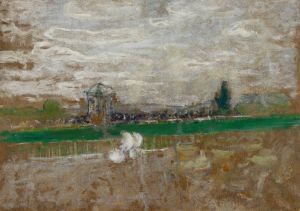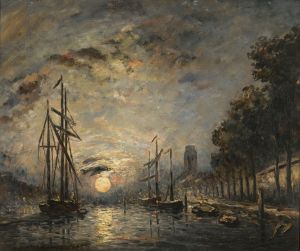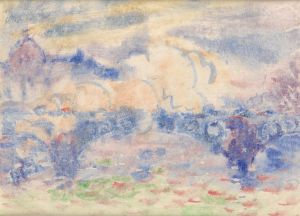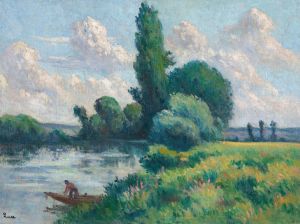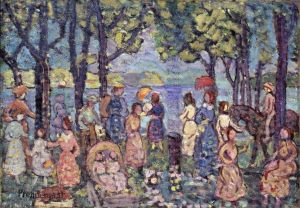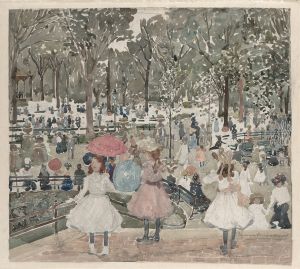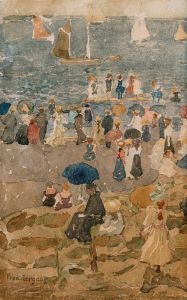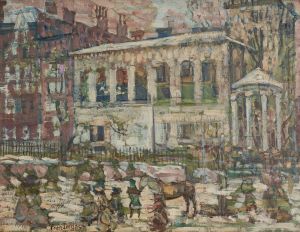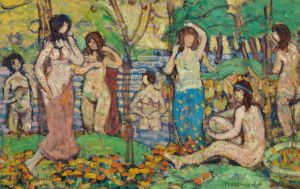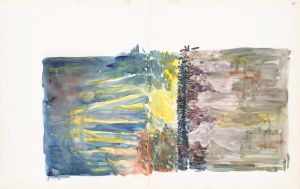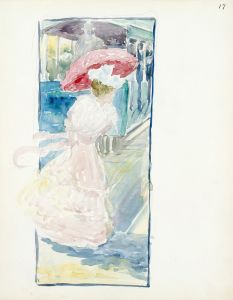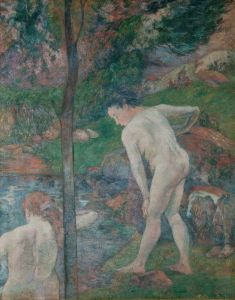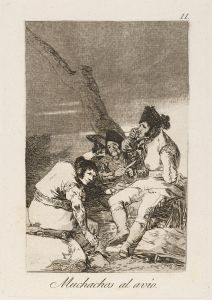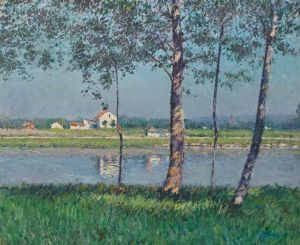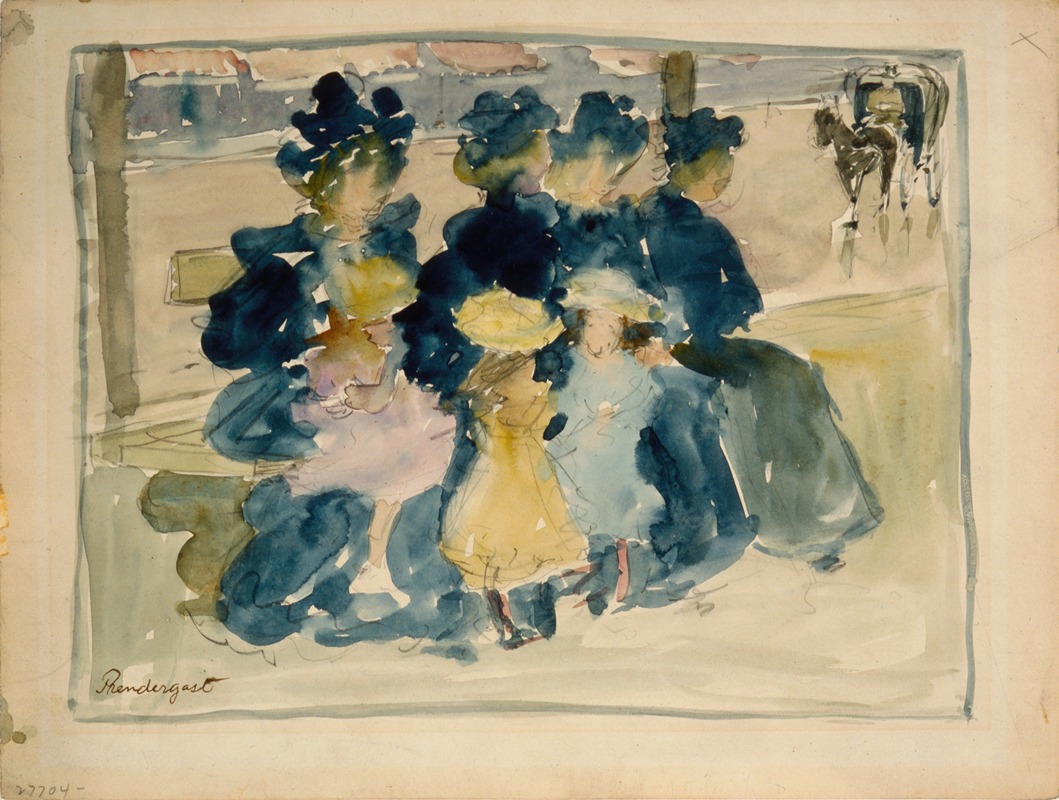
Along the Boulevard
A hand-painted replica of Maurice Prendergast’s masterpiece Along the Boulevard, meticulously crafted by professional artists to capture the true essence of the original. Each piece is created with museum-quality canvas and rare mineral pigments, carefully painted by experienced artists with delicate brushstrokes and rich, layered colors to perfectly recreate the texture of the original artwork. Unlike machine-printed reproductions, this hand-painted version brings the painting to life, infused with the artist’s emotions and skill in every stroke. Whether for personal collection or home decoration, it instantly elevates the artistic atmosphere of any space.
Maurice Prendergast was an American Post-Impressionist artist known for his vibrant use of color and unique compositional style. His painting "Along the Boulevard" exemplifies his distinctive approach to capturing the lively urban scenes and leisurely activities of early 20th-century life. Although specific details about the creation of "Along the Boulevard" are limited, the work is consistent with Prendergast's broader artistic themes and techniques.
Prendergast was born in St. John's, Newfoundland, in 1858, and later moved to Boston, Massachusetts. He studied art in Paris, where he was influenced by the Impressionists and Post-Impressionists, particularly by the works of Paul Cézanne and Georges Seurat. This influence is evident in his use of color and form, which often emphasized the flatness of the picture plane and the decorative potential of color.
"Along the Boulevard" is a testament to Prendergast's fascination with the bustling life of the city. The painting likely depicts a scene from one of the many boulevards in a city such as Paris or Boston, capturing the essence of urban life with its crowds of people engaged in leisurely activities. Prendergast's work often focused on public spaces like parks, beaches, and streets, where people gathered and interacted, and this painting is no exception.
The composition of "Along the Boulevard" is characterized by its rhythmic arrangement of figures and its vibrant palette. Prendergast's technique involved the use of watercolor and gouache, which allowed him to achieve a luminous quality in his paintings. His brushwork is often described as mosaic-like, with patches of color that create a sense of movement and energy. This technique helps to convey the dynamic atmosphere of the boulevard, filled with the hustle and bustle of city dwellers.
Prendergast's work is notable for its departure from the realistic representation of figures and settings. Instead, he focused on the overall harmony and balance of the composition, using color and form to evoke the mood and spirit of the scene. In "Along the Boulevard," the figures are stylized and simplified, contributing to the decorative quality of the painting. This approach aligns with the Post-Impressionist movement's emphasis on abstraction and the expressive potential of color.
Throughout his career, Prendergast was associated with the group known as "The Eight," a collective of American artists who sought to challenge the conservative art establishment of the time. Although his style differed from some of the other members, his work was instrumental in advancing modern art in the United States.
"Along the Boulevard" reflects Prendergast's enduring interest in capturing the vibrancy of modern life and his innovative use of color and composition. Today, his paintings are celebrated for their contribution to American art and their unique interpretation of the world around him. Prendergast's legacy continues to influence artists and captivate audiences with its joyful depiction of everyday scenes.





